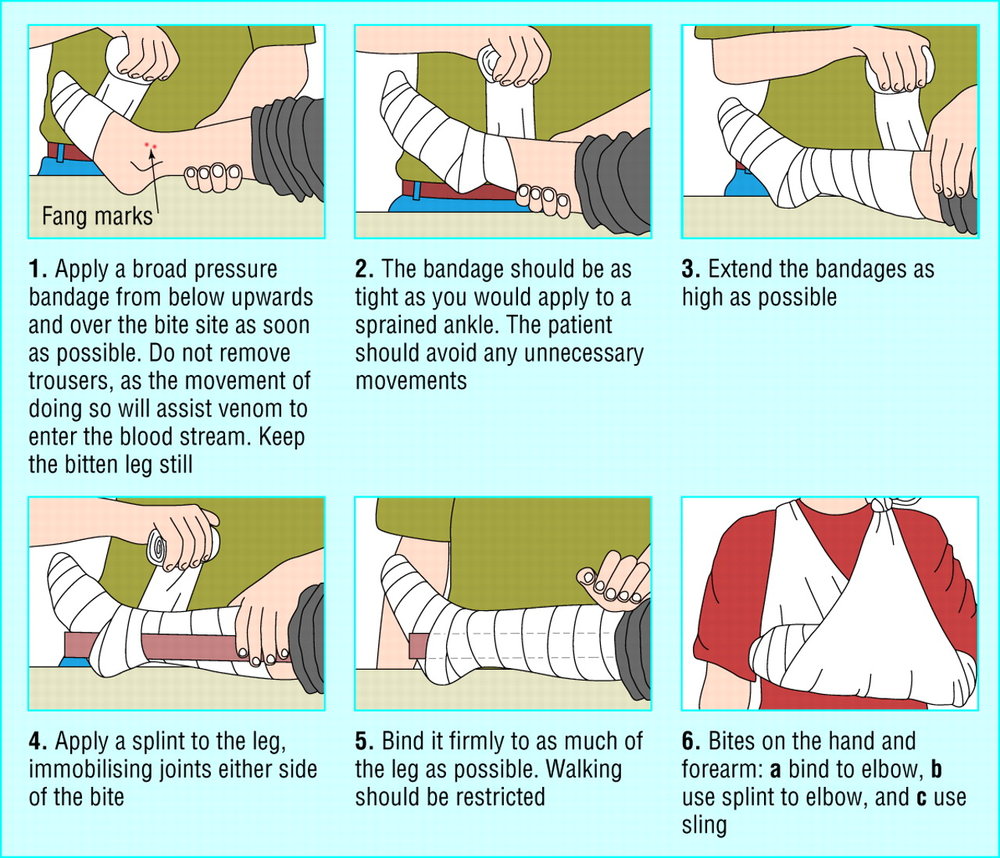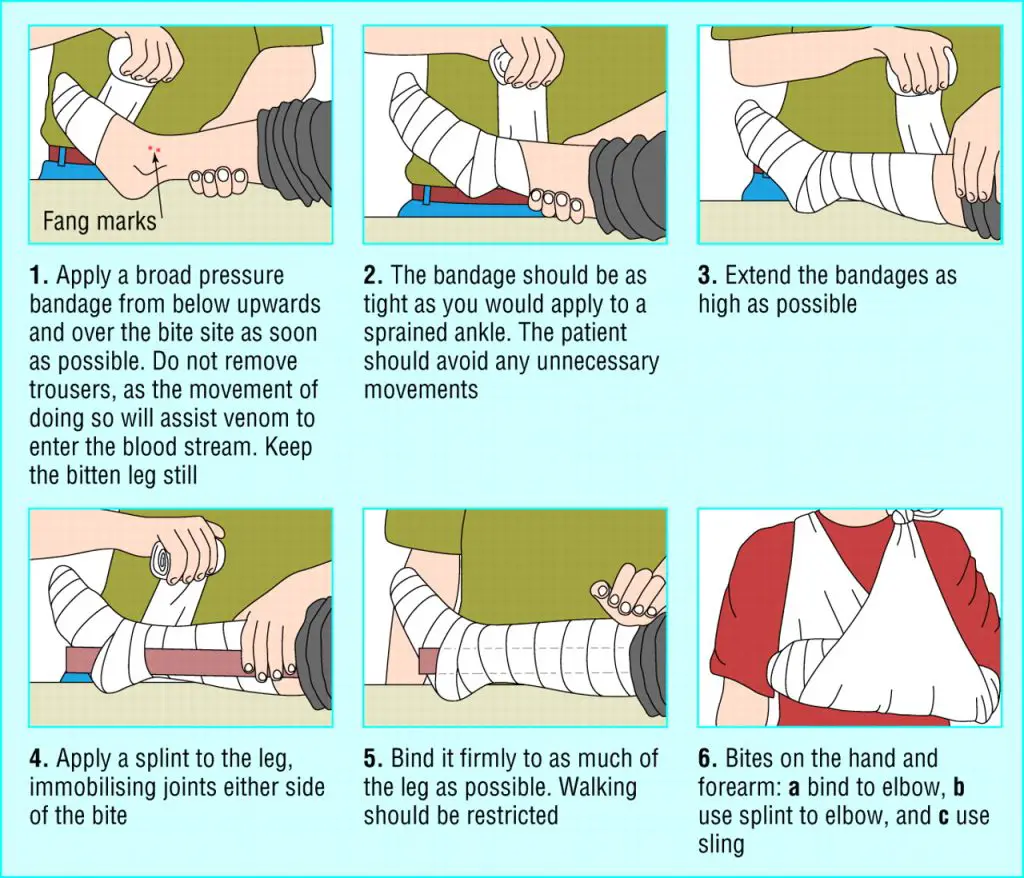Rattlesnake bites are rare occurrences, but when they do happen, they can be life-threatening. It’s important to know what to do in case of a bite, as prompt treatment can make all the difference between life and death.
In this article, we’ll discuss the steps you need to take to cure a rattlesnake bite, from identifying the symptoms of a venomous snake bite to administering first aid and seeking medical attention. With this knowledge, you’ll be better equipped to handle a rattlesnake bite and potentially save a life.
If you are bitten by a rattlesnake, seek medical attention immediately. The only cure for a rattlesnake bite is antivenom, which can only be administered by a medical professional. Do not attempt to suck out the venom or apply a tourniquet, as these methods are ineffective and can make the situation worse.

How to Cure a Rattlesnake Bite: Essential Steps to Follow
Rattlesnakes are venomous snakes that can cause severe harm if they bite you. Their venom can potentially be fatal if not treated immediately. Therefore, knowing how to cure a rattlesnake bite is crucial. Here are the essential steps to follow:
1. Recognize the Symptoms
When a rattlesnake bites you, it injects venom into your body. The symptoms of a rattlesnake bite may depend on the amount of venom injected and the location of the bite. The most common symptoms include:
– Pain or swelling around the bite area
– Nausea
– Vomiting
– Difficulty breathing
– Convulsions
– Rapid heartbeat
If you experience any of these symptoms, it’s crucial to seek medical attention immediately. You should also try to keep calm and avoid moving too much to prevent the venom from spreading quickly.
2. Remove any Constrictive Clothing or Jewelry
If you’re wearing any tight clothing or jewelry around the bite area, remove them immediately. This will prevent constriction and allow proper blood flow to the affected area.
3. Wash the Bite Area
Wash the bite area with soap and water to remove any dirt or bacteria that may cause infection. Use a clean cloth to pat the area dry, but do not rub it as it may spread the venom.
4. Keep the Bite Area Immobilized
Immobilize the bitten area by keeping it still and at a level lower than your heart. This will help slow down the venom’s spread. You can use a splint or a sling to keep the area still.
5. Seek Medical Attention Immediately
Call emergency services or go to the nearest hospital as soon as possible. Rattlesnake bites require immediate medical attention, and delaying treatment can lead to severe complications.
6. Stay Calm and Keep Still
While waiting for medical attention, try to stay calm and still. Moving too much can cause the venom to spread quickly, leading to more severe symptoms.
7. Avoid Home Remedies
Avoid using any home remedies such as applying ice, heat, or suction to the bite area. These remedies may worsen the situation and cause more harm.
8. Administer Antivenom
Antivenom is the most effective treatment for rattlesnake bites. It contains antibodies that neutralize the venom and reduce the symptoms. The antivenom is administered through an intravenous injection.
9. Stay in the Hospital for Observation
After receiving antivenom, you’ll need to stay in the hospital for observation. The medical staff will monitor your condition and provide additional treatment if necessary.
10. Follow up with Your Doctor
After you’re discharged from the hospital, follow up with your doctor regularly. They’ll monitor your recovery and provide any additional treatment or medication if needed.
In conclusion, a rattlesnake bite can be a life-threatening situation. Knowing how to cure a rattlesnake bite can save your life. Remember to stay calm, seek medical attention immediately, and avoid any home remedies. With proper treatment, you can recover from a rattlesnake bite and prevent severe complications.
Frequently Asked Questions
Here are some common questions about how to cure a rattlesnake bite:
What should I do immediately after getting bitten by a rattlesnake?
First and foremost, you should try to remain calm and call for emergency medical assistance right away. You should also try to keep the affected limb immobilized and positioned at or below the level of your heart to slow the spread of venom throughout your body. Keep in mind that you should not attempt to suck out the venom or use a tourniquet, as these can actually make the situation worse.
Once you have received medical attention, your doctor may administer antivenom or provide other treatments to help alleviate your symptoms and prevent complications. You may also need to undergo imaging tests or other diagnostic procedures to evaluate the extent of your injuries and monitor your progress over time.
What are some common symptoms of a rattlesnake bite?
Some common symptoms of a rattlesnake bite may include pain and swelling at the site of the bite, as well as redness, bruising, and blistering. You may also experience nausea, vomiting, dizziness, weakness, and difficulty breathing. In severe cases, a rattlesnake bite can lead to organ damage, shock, and even death, so it is important to seek medical attention as soon as possible.
If you are bitten by a rattlesnake, keep in mind that not all symptoms may appear immediately, and some may take several hours or even days to develop. For this reason, it is important to monitor your condition closely and seek medical attention if you experience any changes in your symptoms or overall health.
What can I do to prevent getting bitten by a rattlesnake?
If you live in an area where rattlesnakes are common, there are several steps you can take to reduce your risk of getting bitten. For example, you should avoid walking in tall grass or rocky areas where snakes may be hiding, especially during warm weather when snakes are most active.
You should also wear long pants and boots to protect your legs and feet, and consider carrying a snakebite kit or other first aid supplies with you when you venture into the wilderness. Additionally, if you encounter a rattlesnake, you should back away slowly and give the snake plenty of space to avoid provoking an attack.
Can rattlesnake bites be fatal?
Yes, rattlesnake bites can be fatal, especially if they are not treated promptly and effectively. In some cases, a rattlesnake bite can lead to severe swelling, tissue damage, and internal bleeding, which can be life-threatening if left untreated.
However, with proper medical care, most people who are bitten by a rattlesnake are able to recover fully and avoid serious complications. If you suspect that you have been bitten by a rattlesnake or any other venomous snake, seek medical attention immediately to ensure the best possible outcome.
How long does it take to recover from a rattlesnake bite?
The recovery time for a rattlesnake bite can vary depending on the severity of the bite and the individual’s overall health. In general, however, it may take several weeks or even months to fully recover from a rattlesnake bite.
During this time, you may need to undergo medical treatment, such as antivenom therapy, to help alleviate your symptoms and prevent complications. You may also need to rest and avoid strenuous activity to allow your body to heal properly. Your doctor will monitor your progress closely and provide guidance on when it is safe to resume normal activities.
When Snakes Bite: Pre-Hospital Care
In conclusion, it is essential to understand that rattlesnake bites can be life-threatening. Therefore, it is crucial to seek medical attention immediately if bitten by a rattlesnake. While waiting for medical help, it is essential to stay calm and still, keeping the affected area below the heart level to slow down the spread of the venom.
Prevention is always better than cure. Therefore, it is best to avoid areas where rattlesnakes are common, wear protective clothing and footwear when venturing into snake-infested areas, and avoid disturbing the snakes when spotted. It is also crucial to keep a safe distance from the snakes and not to provoke them.
Lastly, always carry a snakebite kit when venturing into areas with rattlesnakes. The kit should contain essential items such as a suction device, antiseptic wipes, bandages, and a tourniquet. Knowing how to use these items and seeking medical attention immediately will increase the chances of survival in the event of a rattlesnake bite.


